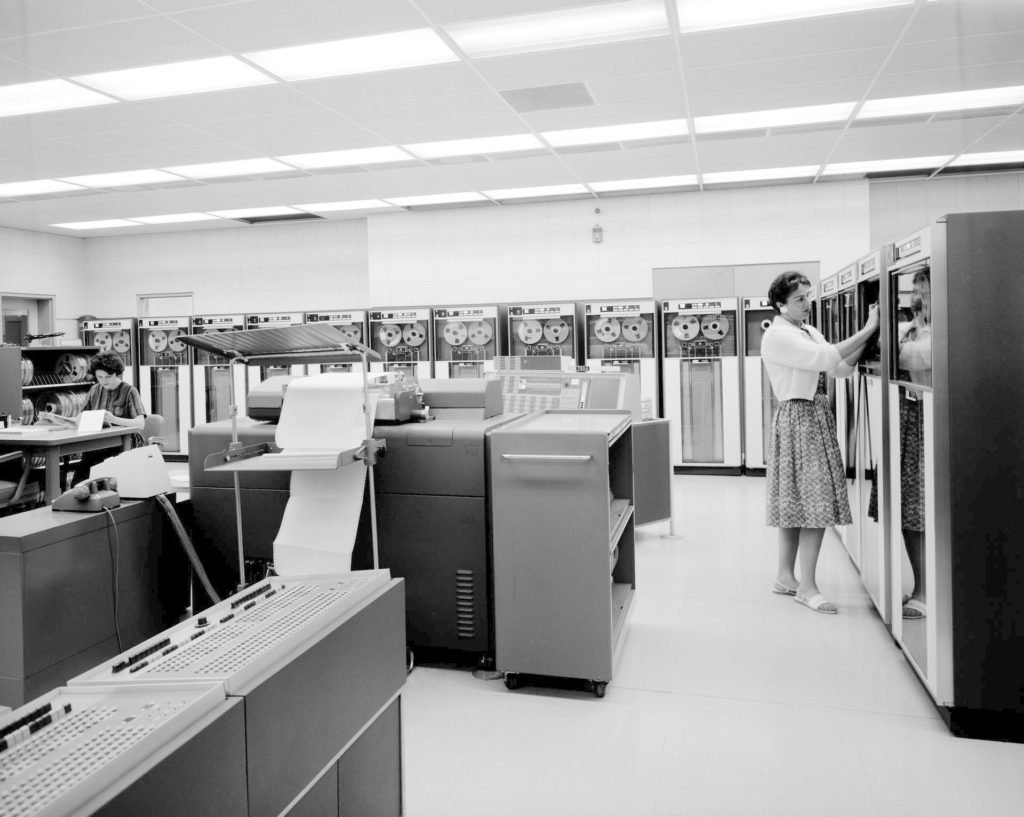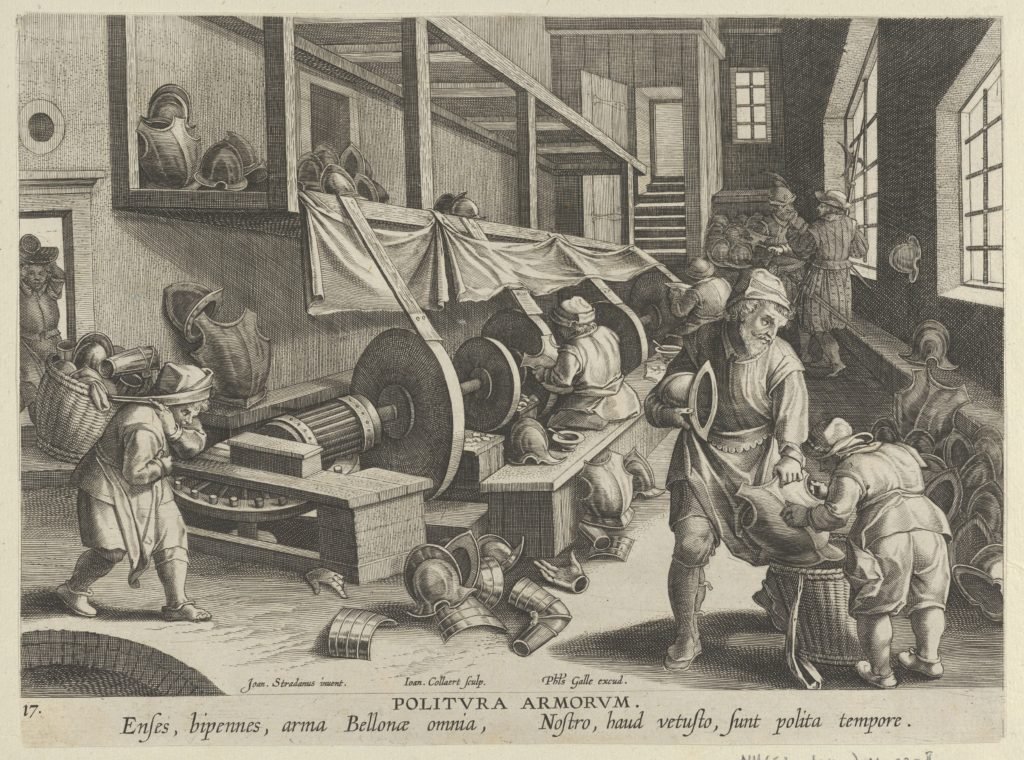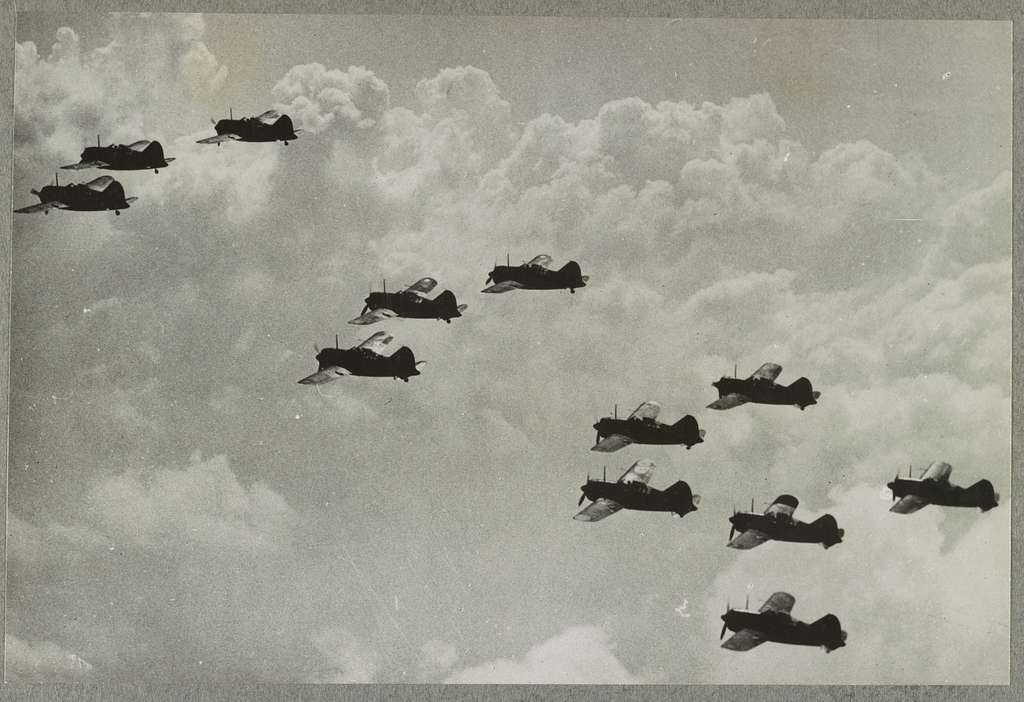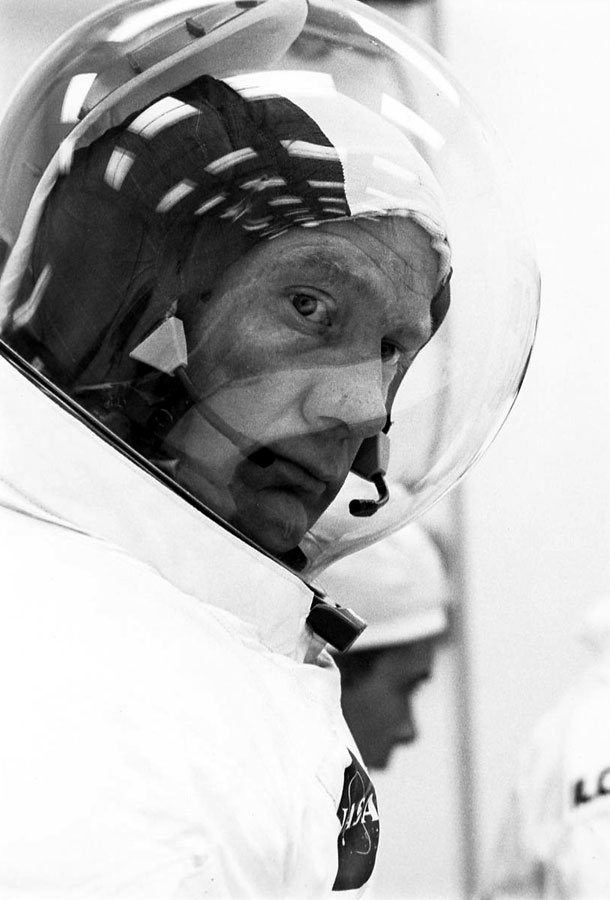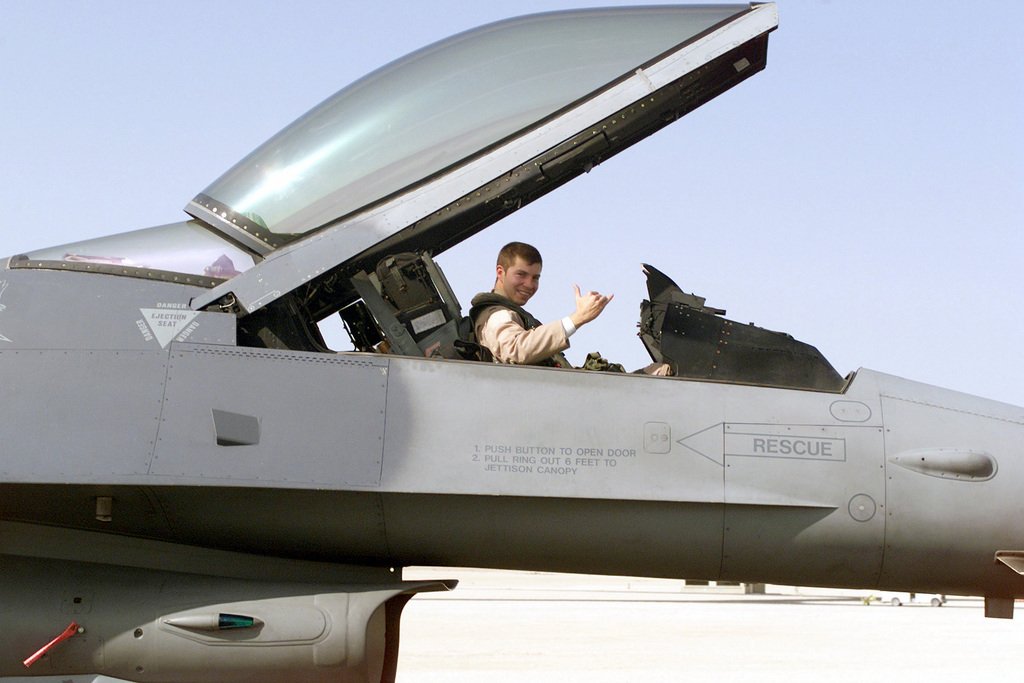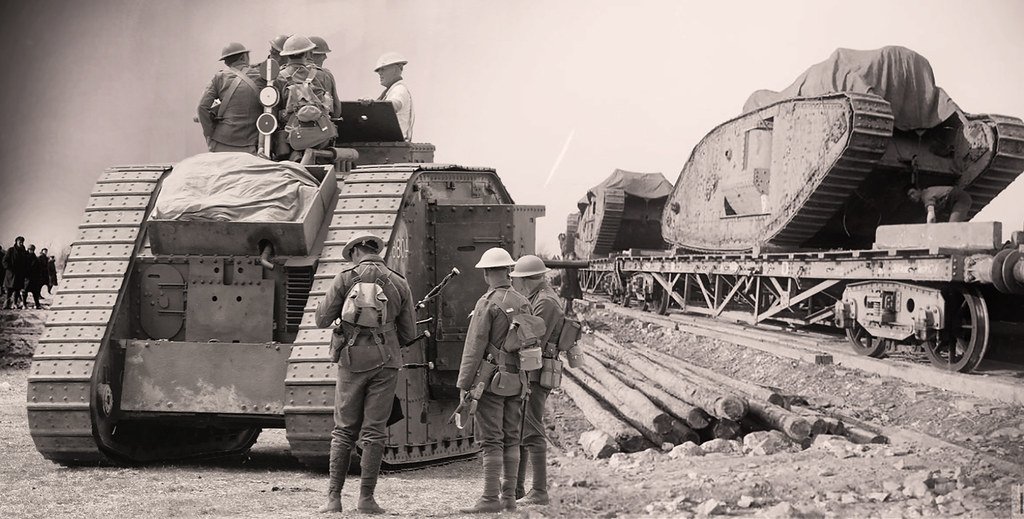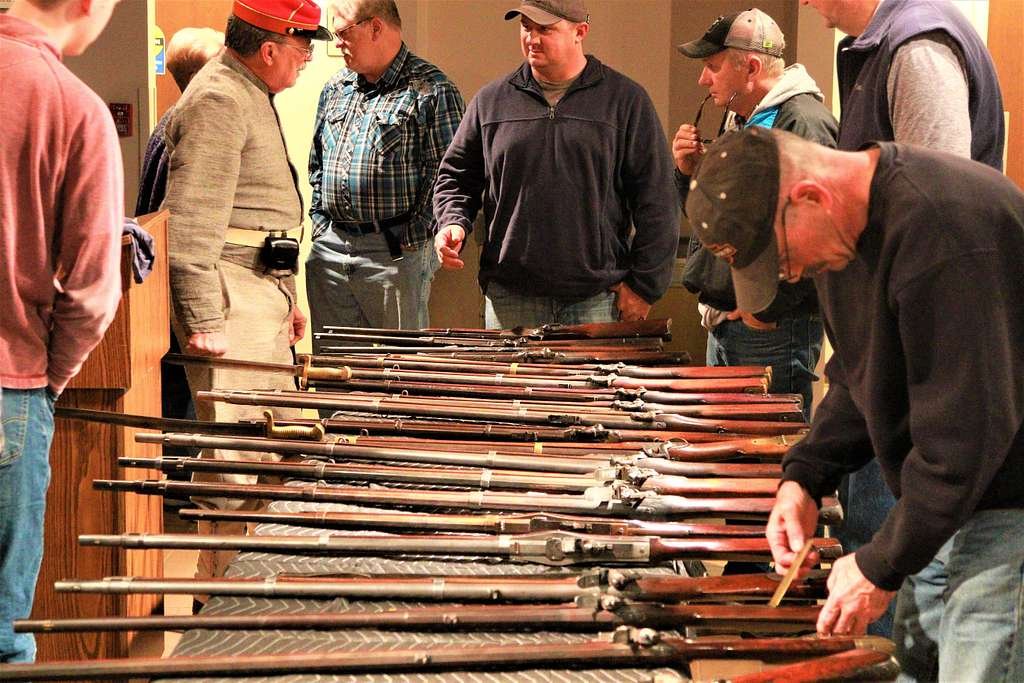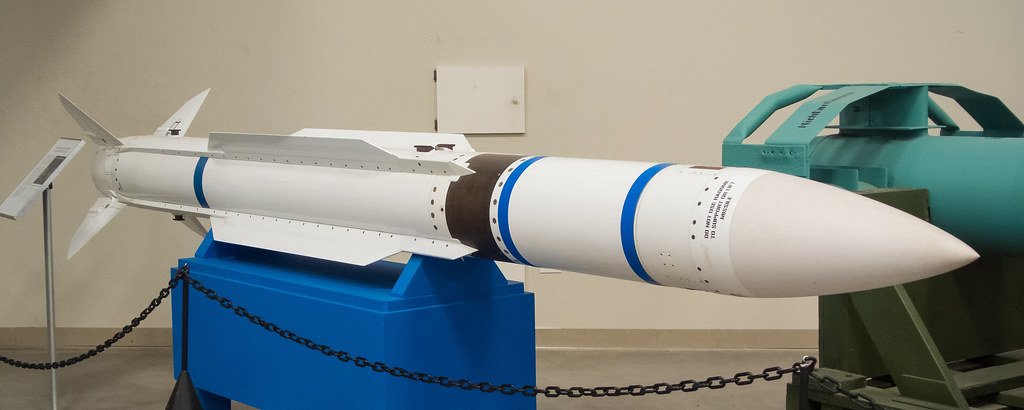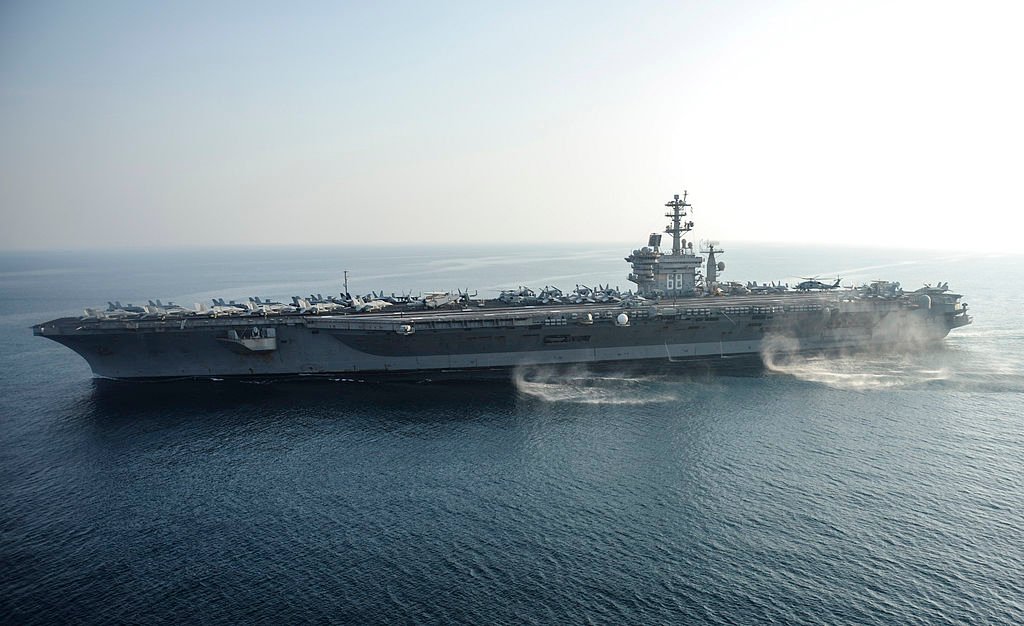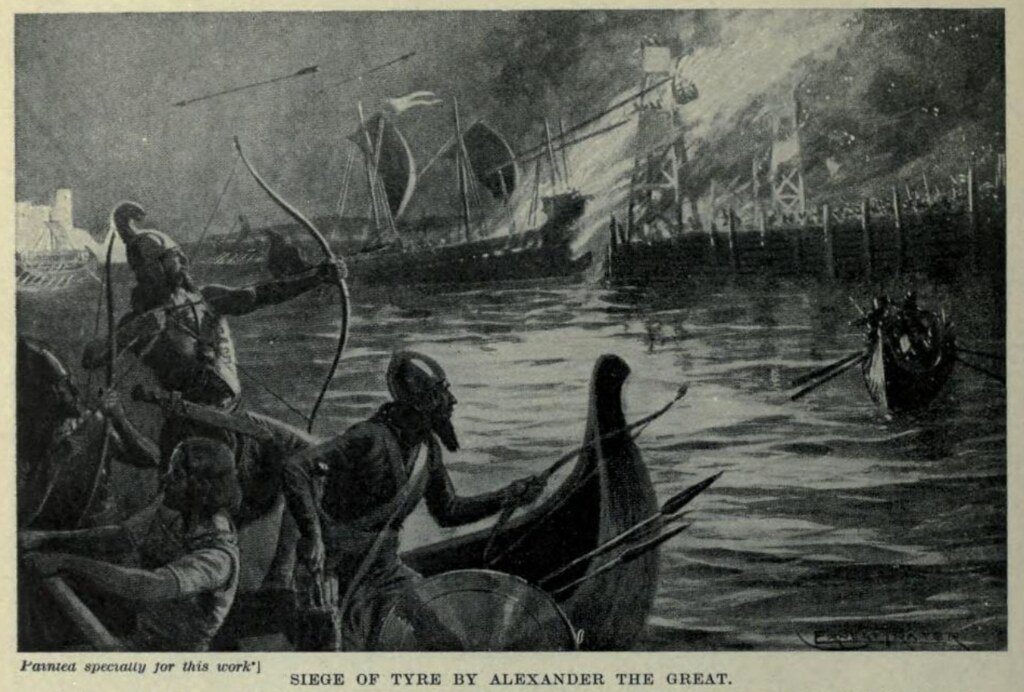The Battle of the Somme, stands as a symbolic chapter in the annals of World War I, marked by its harrowing scale, strategic importance, and pivotal historical moments. Within this monumental conflict, the introduction of tanks revolutionized warfare, notably during the Battle of Flers-Courcelette. Emerging as a response to the stalemate of trench warfare, tanks represented a groundbreaking innovation, altering the course of military strategies and tactics.
At the onset of the Battle of the Somme in 1916, the Western Front was mired in a protracted deadlock characterized by entrenched positions and staggering casualties. The Somme offensive aimed to break this deadlock and alleviate pressure on the French forces at Verdun. However, it was only in the Battle of Flers-Courcelette, a crucial phase within the Somme campaign, that tanks made their inaugural appearance on the battlefield.
During the Battle of Flers-Courcelette in September 1916, the British Army unveiled the Mark I tanks, unveiling a new era in warfare. These primitive yet formidable armored vehicles traversed the treacherous terrain, surpassing trenches and barbed wire while initially facing operational challenges and technical limitations. Although their impact during this early stage was restricted, their psychological influence on both allies and adversaries was profound.
The deployment of tanks at Flers-Courcelette marked a turning point, demonstrating the potential of mechanized warfare. Despite their initial setbacks, subsequent advancements in tank technology addressed many of these shortcomings, paving the way for more effective armored vehicles in the later stages of the war and beyond.
Table of Contents
The legacy of the Battle of the Somme intertwines with the birth of tanks, signifying a paradigm shift in military tactics and setting the stage for the evolution of mechanized warfare. This intersection between the historic Somme campaign and the debut of tanks at Flers-Courcelette laid the foundation for the modernization of armed forces. It shaped the future of conflict on a global scale.
What type of tanks were used in the Battle of Somme?
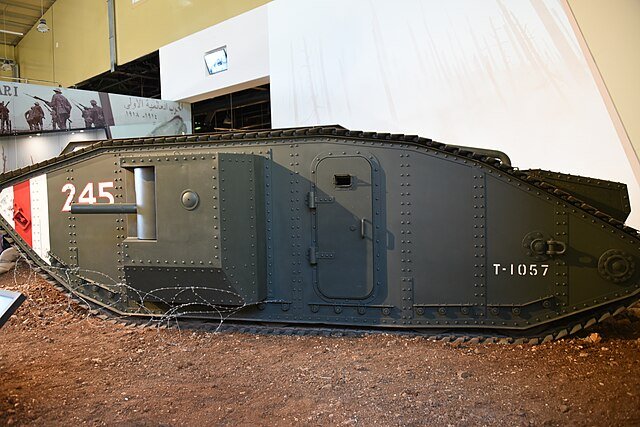
During the Battle of the Somme in World War I, the British Army deployed the Mark I tanks. These were the first tanks ever used in combat and were a product of secretive development and experimentation. The Mark I tanks were categorized into two variants: the “Male” and the “Female” tanks.
The Male tanks were armed with two 6-pounder naval guns and several machine guns, offering significant firepower to engage enemy positions.
Conversely, the Female tanks lacked the large 6-pounder guns but were equipped with multiple machine guns for suppressing infantry and providing covering fire. Both variants of the Mark I tanks had a crew of eight to ten members and were armored with riveted steel plates, offering protection against small arms fire.
These early tanks were heavy, slow-moving, and faced numerous operational challenges. Their mobility was hindered by the rugged terrain of the Somme battlefield, which was characterized by trenches, shell craters, and muddy conditions. Mechanical breakdowns and reliability issues were also prevalent, limiting their overall effectiveness.
Despite their limitations, the Mark I tanks had a significant psychological impact during their debut at the Battle of Flers-Courcelette, a phase within the more considerable Battle of the Somme. While their operational success was limited, their deployment signaled the birth of a new era in warfare, showcasing the potential for mechanized armored vehicles to break the stalemate of trench warfare.
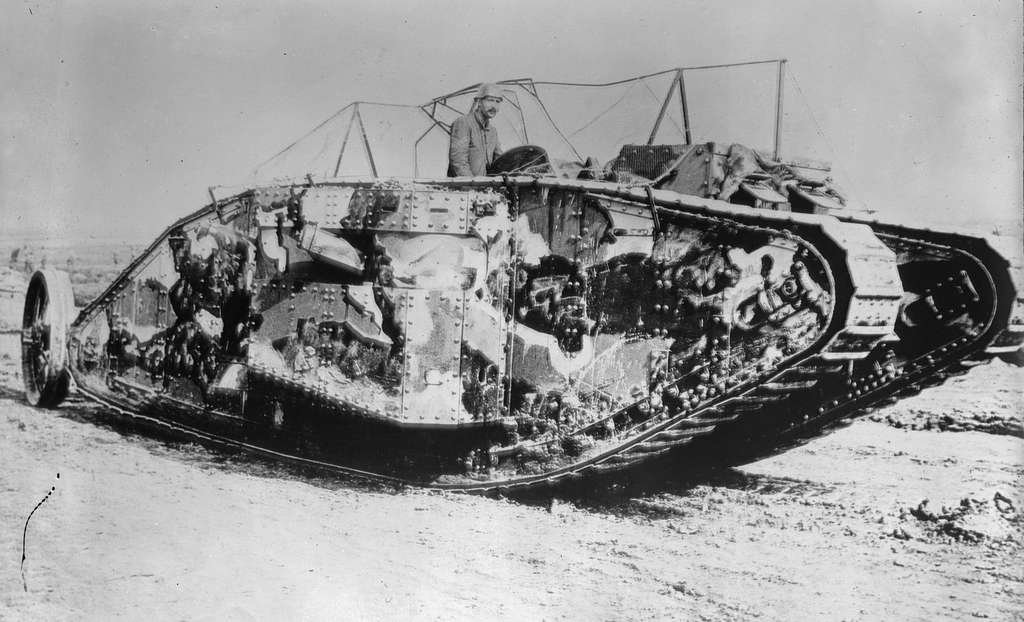
Who introduced the tank in 1916?
The introduction of the tank in 1916 during World War I is attributed to the British military. The conceptualization and development of these armored vehicles were primarily carried out in secrecy under the auspices of the British Army. Various engineers and inventors contributed to the design and construction of these early tanks.
One of the key figures behind the development of the tank was Sir Ernest Swinton, a British Army officer who advocated for the creation of armored vehicles capable of crossing trench lines and breaking through enemy defenses. Swinton, along with others such as William Tritton, a designer at the agricultural machinery firm William Foster & Co., and engineer Walter Wilson, played instrumental roles in bringing the tank to fruition.
The first operational use of tanks occurred during the Battle of Flers-Courcelette on September 15, 1916. The British Army deployed the Mark I tanks, which were the first of their kind. These early tanks were primitive by modern standards, yet they symbolized a groundbreaking innovation in warfare. Although their initial deployment encountered various technical issues and limitations, the tanks demonstrated the potential for a new form of mechanized warfare that could traverse obstacles and break the deadlock of trench warfare.
In essence, it was the collaborative efforts of British military officials, engineers, and innovators that led to the introduction of tanks onto the battlefield during World War I, marking a significant evolution in military technology and strategy.
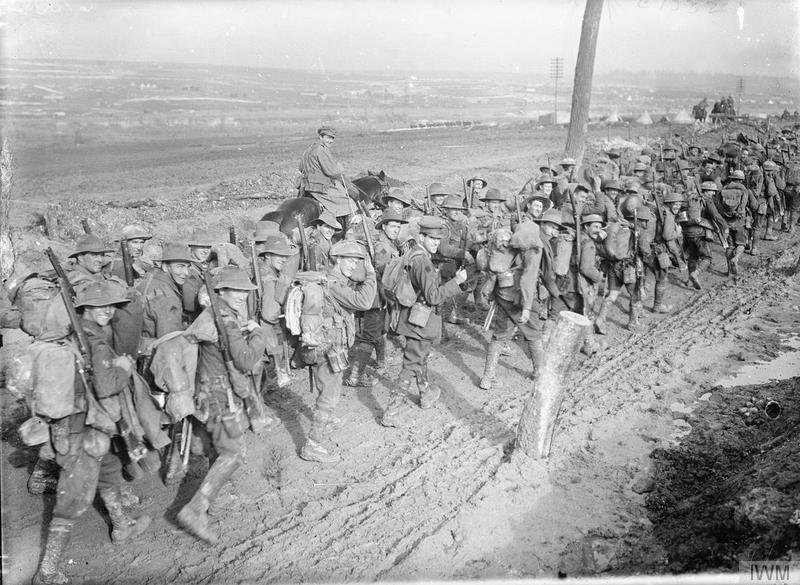
Tanks introduced into warfare at the Somme
Tanks were not introduced at the Battle of the Somme during World War I. The Battle of the Somme, which took place from July to November 1916, preceded the debut of tanks on the battlefield. Tanks made their first appearance in warfare later, in 1916, during the Battle of Flers-Courcelette, which was part of the larger Battle of the Somme.
Here are the key points regarding the introduction of tanks and their association with the Battle of the Somme:
Development and Early Concept
Tanks emerged as a strategic response to the entrenched stalemate of trench warfare during World War I. British engineers and military strategists, confronted with the deadlock of static fronts and devastating casualties, recognized the urgent need for a revolutionary solution to break this impasse.
In utmost secrecy, British innovators embarked on designing and developing these novel armored vehicles. The task was approached by a combination of engineers, military tacticians, and industrialists working collaboratively. The project aimed to create a machine capable of traversing the treacherous landscapes of No Man’s Land, overcoming barbed wire barriers, and crossing enemy trenches, thereby transforming the nature of warfare.
The initial impetus for tank development came from figures like Sir Ernest Swinton, who advocated for the creation of what he termed “land ships” to navigate the rugged terrain of the Western Front. William Tritton and engineer Walter Wilson also played instrumental roles in bringing these ideas to life, contributing to the design, construction, and deployment of the first tanks.
This covert endeavor resulted in the unveiling of the Mark I tanks during the Battle of the Somme, specifically at Flers-Courcelette in September 1916. While the early tanks faced numerous challenges and technical shortcomings, their introduction signified a pivotal moment in military history, marking the dawn of mechanized warfare and altering the trajectory of future conflicts.
Initial Deployment at Flers-Courcelette
During the Battle of Flers-Courcelette on September 15, 1916, a pivotal moment in military history occurred when the British Army unveiled the Mark I tanks, marking the first-ever deployment of armored tanks in warfare. These pioneering machines, while revolutionary, were primitive in design and operation. The Mark I tanks were characterized by their cumbersome nature, slow speed, and mechanical unreliability, which hindered their effectiveness on the battlefield.
Despite their technical limitations, the appearance of these armored behemoths had a profound psychological impact on both the Allied forces and their adversaries. The sight of these monstrous vehicles advancing across the battlefield was awe-inspiring and intimidating. They instilled a sense of shock and fear among the enemy troops who had never witnessed such machines of war. The tanks’ ability to traverse previously impassable obstacles such as trenches and barbed wire presented a new dimension to warfare, signifying a departure from traditional infantry-based tactics.
While the initial deployment of the Mark I tanks during the Battle of Flers-Courcelette did not result in a decisive tactical victory due to mechanical issues and a small number of operational tanks, their psychological impact was immeasurable. They represented the dawn of a new era in warfare, showcasing the potential for mechanized weaponry to break the entrenched stalemate of trench warfare and heralding the future of armored warfare on the modern battlefield.

Limited Impact at the Somme
The inaugural use of tanks during the Battle of the Somme represented a groundbreaking moment in military history, yet a series of technical challenges and operational limitations considerably restrained their impact. These early tanks, notably the Mark I, encountered multifaceted issues that hampered their effectiveness on the battlefield.
Mechanical breakdowns plagued the tanks, often leading to abrupt halts or malfunctions during combat operations. Their rudimentary designs and mechanical complexity made them prone to frequent failures, hindering their ability to maintain sustained mobility and operational readiness.
Moreover, the treacherous terrain of the Somme exacerbated the tanks’ struggles. Muddy conditions caused the tanks to become mired and immobilized, rendering them vulnerable and accessible targets for enemy artillery or infantry assaults. The tanks’ slow speed and cumbersome maneuverability also made them susceptible to targeted attacks from entrenched enemy positions.
Additionally, the early tanks lacked adequate defensive capabilities, leaving them exposed to artillery fire and small arms from enemy forces. Their armor, though innovative for the time, was insufficient against heavier weaponry, leading to casualties among tank crews.
Despite their limitations and setbacks, the appearance of tanks at the Battle of the Somme was a pivotal moment that foreshadowed the potential for mechanized warfare. Their shortcomings highlighted the necessity for further development and improvement, catalyzing advancements that would lead to more sophisticated and effective armored vehicles in subsequent conflicts.
Psychological Impact
Despite their initial operational challenges and technical limitations, the introduction of tanks during World War I had a profound psychological impact on the battlefield. Their appearance alone invoked a sense of awe and intimidation among both Allied and enemy forces. These massive, armored vehicles rolling across the battlefield presented an entirely new and intimidating form of warfare previously unseen.
One of the most significant aspects contributing to their psychological impact was the tanks’ ability to traverse seemingly insurmountable obstacles such as trenches, barbed wire, and rough terrain. Their capability to navigate through these barriers that had previously stymied infantry and cavalry suggested a new era of warfare—one that could potentially overcome entrenched defenses and break the stalemate of trench warfare.
The shock and surprise caused by the sudden appearance of tanks in battle often led to confusion and panic among enemy ranks. Troops unaccustomed to facing such formidable machines often reacted unpredictably, sometimes retreating or surrendering in the face of the unknown threat posed by these mechanical beasts.
Furthermore, the psychological effect of witnessing the tanks’ destructive power, albeit limited at the time, fostered a sense of uncertainty and fear among enemy soldiers. This psychological impact was instrumental in demoralizing the opposing forces and contributed significantly to the tanks’ effectiveness beyond their immediate tactical capabilities during their initial deployment in World War I.
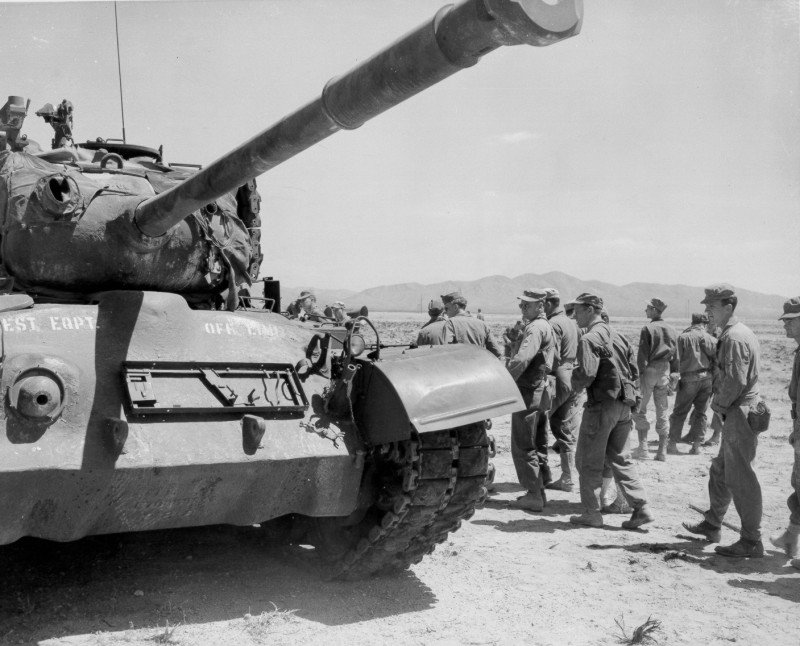
Evolution and Advancements
Following their baptism by fire at the Battle of Flers-Courcelette, tanks underwent a rapid evolution driven by lessons learned from their initial deployment in 1916. Engineers and designers embarked on an intensive process of refining and enhancing tank designs to address the myriad technical shortcomings encountered during their debut on the battlefield.
Advancements in tank technology were swift and multifaceted. Engineers diligently worked on improving mobility, armor, and firepower while rectifying the mechanical issues that plagued the early models. Subsequent iterations, such as the Mark II and subsequent variants, showcased substantial enhancements in reliability, maneuverability, and offensive capabilities.
The incorporation of stronger armor and more reliable engines significantly bolstered the tanks’ resilience and operational effectiveness. Innovations in tracks and suspension systems improved their mobility across rugged terrains, while refined tactics and crew training enhanced their combat prowess.
By the later stages of World War I, these improved tank models, though still relatively nascent, played increasingly significant roles in pivotal offensives. Notably, their contributions in engagements like the Battle of Cambrai demonstrated their potential to breach enemy lines and create breakthroughs in formerly entrenched battlefields.
The rapid evolution of tanks during World War I marked a transformative period in military technology, laying the groundwork for the future development and integration of armored vehicles into modern warfare strategies.
Long-Term Influence
The introduction of tanks at the Battle of the Somme in 1916 heralded a transformative era in the annals of warfare. Their debut not only symbolized a departure from traditional methods of combat but also signified the birth of mechanized warfare. The tanks’ emergence on the battlefield showcased a radical departure from conventional infantry tactics and hinted at the future role of armored vehicles in warfare.
The Battle of the Somme, notably during the Battle of Flers-Courcelette, witnessed the maiden deployment of these early armored machines. Although the initial models faced significant operational challenges, their potential was undeniable. Tanks offered the prospect of traversing impassable terrains, overcoming entrenched defenses, and breaking through enemy lines, all of which were crucial in the static nature of trench warfare prevalent at that time.
This debut marked a paradigm shift in military strategy and technology. It triggered a race among various nations to develop and enhance armored vehicles for future conflicts. The impact of tanks at the Somme underscored the importance of mechanized forces, setting the stage for the continuous evolution and integration of armored vehicles into modern warfare. Their significance resonated far beyond World War I, laying the groundwork for the development of more sophisticated tanks that would become instrumental in shaping the outcomes of subsequent conflicts throughout the 20th and 21st centuries.
The Battle of Flers-Courcelette, part of the broader Somme offensive in 1916, witnessed the pioneering deployment of tanks in warfare. Although tanks were not introduced at the Somme, their debut at Flers-Courcelette was a watershed moment in military history. The Mark I tanks, primitive and unwieldy by today’s standards, represented a groundbreaking innovation. Their appearance on the battlefield showcased the potential of armored vehicles to traverse difficult terrains, overcome obstacles like trenches and barbed wire, and strike fear into enemy forces.
Despite encountering technical issues and limited effectiveness during their inaugural use, the tanks’ psychological impact was profound. This historic event signaled a paradigm shift in warfare, laying the groundwork for the relentless evolution and integration of armored vehicles into modern military strategy. The Battle of Flers-Courcelette marked the inception of mechanized warfare, setting the trajectory for the future development and indispensable role of tanks in conflicts worldwide.
